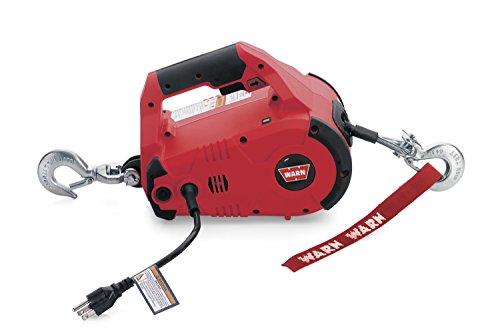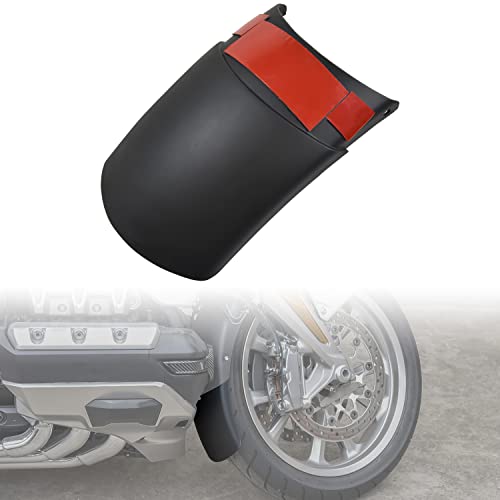Progress with the new sensors. Have made brackets and installed the Hall effect sensors on the engine. Use the OEM 8 tooth crank trigger wheel.
Can use the camshaft cover without a spacer. New timing pointer installed, engine timed quite nicely at 188 degrees. Started and stayed idling, little rough, without throttle assist. Forgot I had the rad off so only operated the engine for a few minutes. Time to put it back together.
Engine spun up quite nicely, no timing kickback, getting better at this. As soon was the air was out of the system, idled not too bad. Checked for sync losses, and none showing.
The crank pulleys are held on with the original bolt, but will be changed for the alternator setup.
Have an issue with operating in the garage. Hard to raise the door, new one on order, main spring broke. Will work on this.
Here are pics of the install.
Camshaft hall sensor installed:

Crankshaft Hall effect sensor installed:

OEM 8 tooth crank trigger wheel and timing pointer installed:

Using the PB sensor connections for the Hall sensors because these connections have 5VDC, ground and signal wires. The O2 sensor has been connected through the now redundant crank VR sensor connection.
Will eventually use a baro sensor, and have decided on where to connect it. Can use the original camshaft sensor connection.






























































